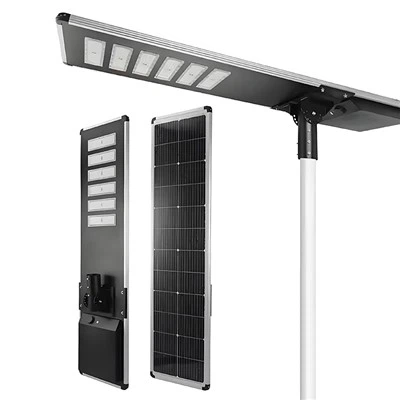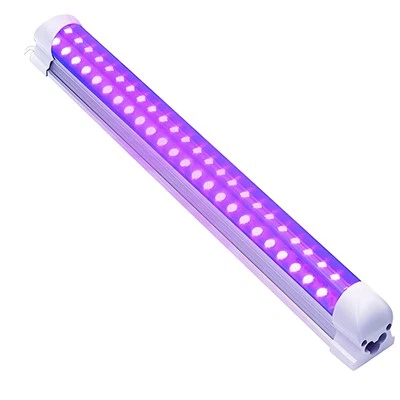All That You Needed to Know About 4000K LED Light
The most common kind of LED bulbs are "soft white" or "warm white" LED lights. The Kelvin (K) scale is used to gauge the color of LED lights. LED bulbs, for instance, range from 2700K to 3000K for warm or soft white. The ideal applications for these color temperatures are in household settings, notably in living rooms and bedrooms.
Other terms you may see include "cool white," "neutral white," "daylight," and "bright white." Although they may all seem to be rather similar at first sight, they are really extremely diverse. From 4000K to 6000K, they may signify a variety of color temperature possibilities.
Which raises the topic of how to choose an LED light bulb after doing your research.
There is just one way, in all honesty. Become acquainted with the many color selections, including what to anticipate from each one.
To assist you in determining if the 4000K colour temperature choice is appropriate for your purposes, we'll go into more depth about it in this article.
How does 4000K light appear?
The warm white color choice, which falls between 2700K and 3000K, and the daylight white color option, which falls between 5000 and 6000K, meet at a temperature of 4000K.
LED bulbs with a color temperature of 4000K are "cold" in compared to warm white lightbulbs. When compared to sunshine white light bulbs, they are unquestionably on the "warm" side.
Both retail stores and offices often use 4000K color temperatures. This color temperature is also seen in early sun.
As you would expect, 4000K lighting is a wonderful choice for anybody seeking for lighting that is a little bit more crisp and clear but is not extremely harsh or blue.
Do 4000K LED bulbs provide light that is reminiscent to daylight?
Comparing artificial light to sunshine is never simple. This is due to the latter's continual change with respect to the day, season, and weather. Although the color temperature of the sun is close to 5800K, natural illumination may vary significantly depending on the color of the sky.
The rule of thumb is that the color temperature is lower when the sky is more orange or red. And the greater the color temperature, the more blue the sky is. In other words, early natural daylight is cooler than midday natural daylight.
Because of this, you'll notice that the light produced by 4000K light bulbs resembles the sunshine in the morning or early afternoon.
However, just because an LED light bulb emits light that resembles sunshine doesn't mean that it will have the same light spectrum. If you want illumination for a work that requires color accuracy, you should additionally consider its color rendering index (CRI).
How well a light reproduces the colors of the item it illuminates is determined by the color rendering index (CRI). CRI is measured on a scale from 0 to 100. Any light that reads 90 or above is said to be particularly excellent. On the other hand, if the reading is 80 or below, the light is probably not of good quality.
The benefit of LED bulbs with a CRI90+ rating is that they don't emit blue light (which can be quite harmful). Low-score bulbs, on the other hand, could produce blue light and should be avoided. Additionally, CRI90+ LED bulbs provide the most balanced light, making them ideal for applications requiring attention to color.
Is 4000K light seen as being too yellow or too blue?
The way the human eye adjusts to ambient brightness is quite astounding. This implies that the way ambient illumination appears might change depending on how well your eyes have acclimated.
For instance, you may install 4000K LED lighting in the kitchen and 3000K lighting in the living room. Now, the kitchen light is probably going to seem crisper and whiter if you enter from the living room in the evening. Will it seem overly blue? That seems unlikely, therefore no. However, the lighting in the kitchen will undoubtedly seem brighter.
On the other hand, the lighting will probably seem more yellow if you enter the kitchen after spending the day outdoors. This is because, while you were outdoors, your eyes had adjusted to the extraordinarily high color temperature of natural sunshine, which is in the range of 6500K or more.
This may have happened to you when you entered a business. The lighting inside could have seemed a touch yellow throughout the day. The lighting seems clearer when you enter the same store at night, however. In other words, you see the identical 4000K illumination differently depending on the time of day.
According to study, 4000K lighting may seem excessively yellow when compared to sunshine, but it is unlikely to appear too blue when compared to warm-white or incandescent lighting.
4000K is a nice color temperature choice for many areas since it is not too distant from sunlight and is near to the domestic warm-white color.
Where should 4000K LED bulbs be installed?
In retail and business settings, you may utilize 4000K color temperature with confidence. In areas of your house where you want a lot of color clarity, it might also be a fantastic alternative. For instance, you may put 4000K LED lights in the kitchen and other locations where you prepare food. They may be used in vanity areas and bathrooms as well.






